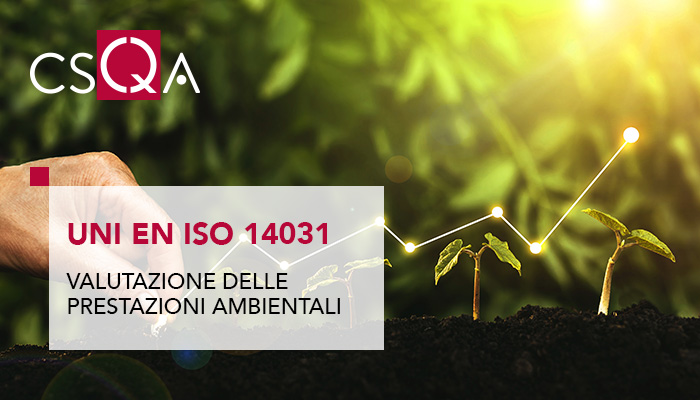
Many organizations are looking for ways to understand, demonstrate and improve their environmental performance . This can be accomplished by effectively managing the elements of their business, products and services that can have a significant impact on the environment. UNI has recently implemented an ad hoc standard also in Italian: EN ISO 14031.
The document illustrates a process called environmental performance evaluation EPE - Environmental performance evaluation - which allows organizations to measure, evaluate and communicate their environmental performance using key performance indicators (KPI - Key performance indicators), based on reliable and verifiable information.
EPE is equally applicable to small and large businesses and can be used to support an environmental management system (EMS) or used independently. An organization with an EMS in place should evaluate its environmental performance against its environmental policy, objectives, targets and other environmental performance objectives.
The data and information generated by EPE can be used by an organization to implement other environmental management tools and techniques in a consistent, transparent and cost-effective manner, for example in the ISO 14000 family of standards, such as:
- EMS (see ISO 14001, ISO 14004, ISO 14005 and ISO 14006);
- environmental declarations (see ISO 14025);
- environmental labeling (see ISO 14024);
- life cycle assessment LCA - Life cycle assessment (see ISO 14040 and ISO 14044).
The document can also be used independently .
EPE and environmental audits are complementary tools that can be used to evaluate environmental performance and identify areas for improvement. The key aspects and differences of these tools are:
- EPE is an ongoing process of collecting and evaluating data and information to provide a current assessment of performance, and performance trends, over time;
- environmental audits can be used to collect such data and information, both within the EPE and within an EMS, to verify whether objectives and targets have been achieved;
- EMS audits are conducted periodically to verify compliance with specifications, legal requirements and other requirements. Management system standards (MSS) audit guidelines are given in ISO 19011 .
It is a generic standard and does not include guidance on specific methods for assessing or weighing different types of impacts in different types of industries, disciplines, etc. Depending on the nature of the organization's activities, it is often necessary to turn to other sources as well for additional information and further guidance on specific industry topics, different subjects or different scientific disciplines. (Source: https://uni.com /)